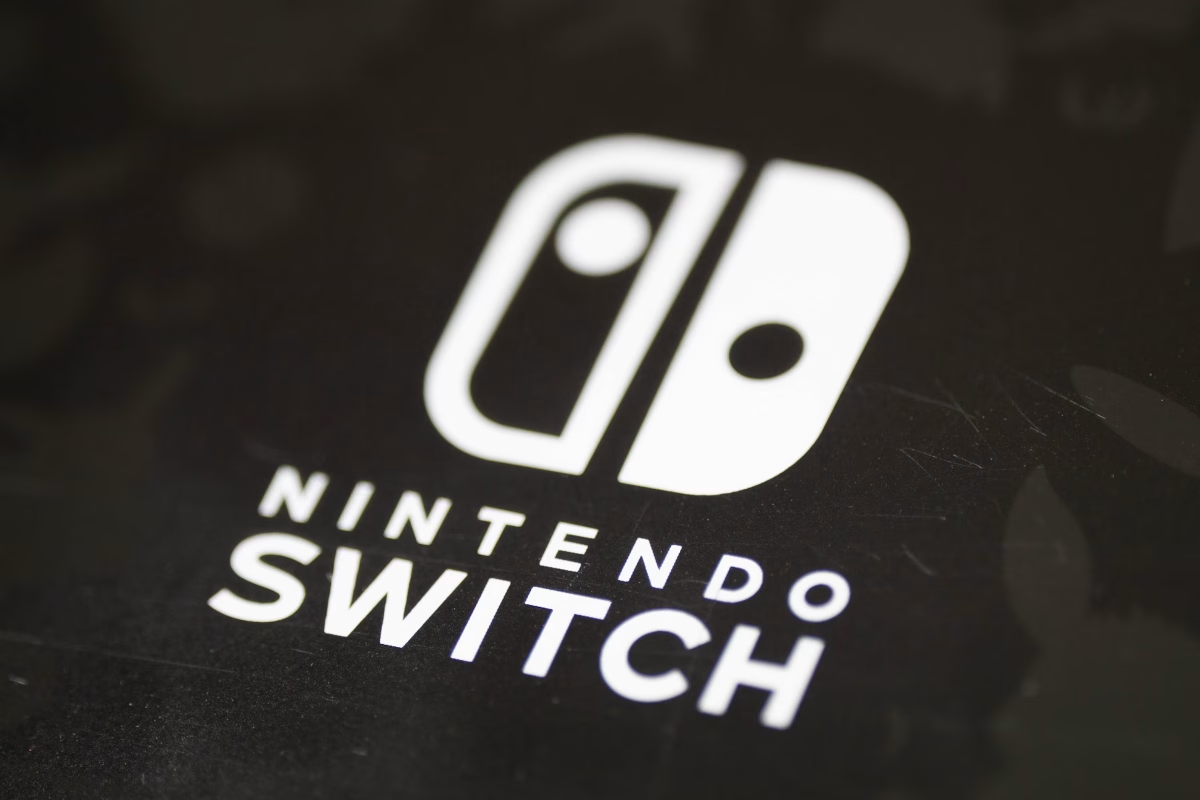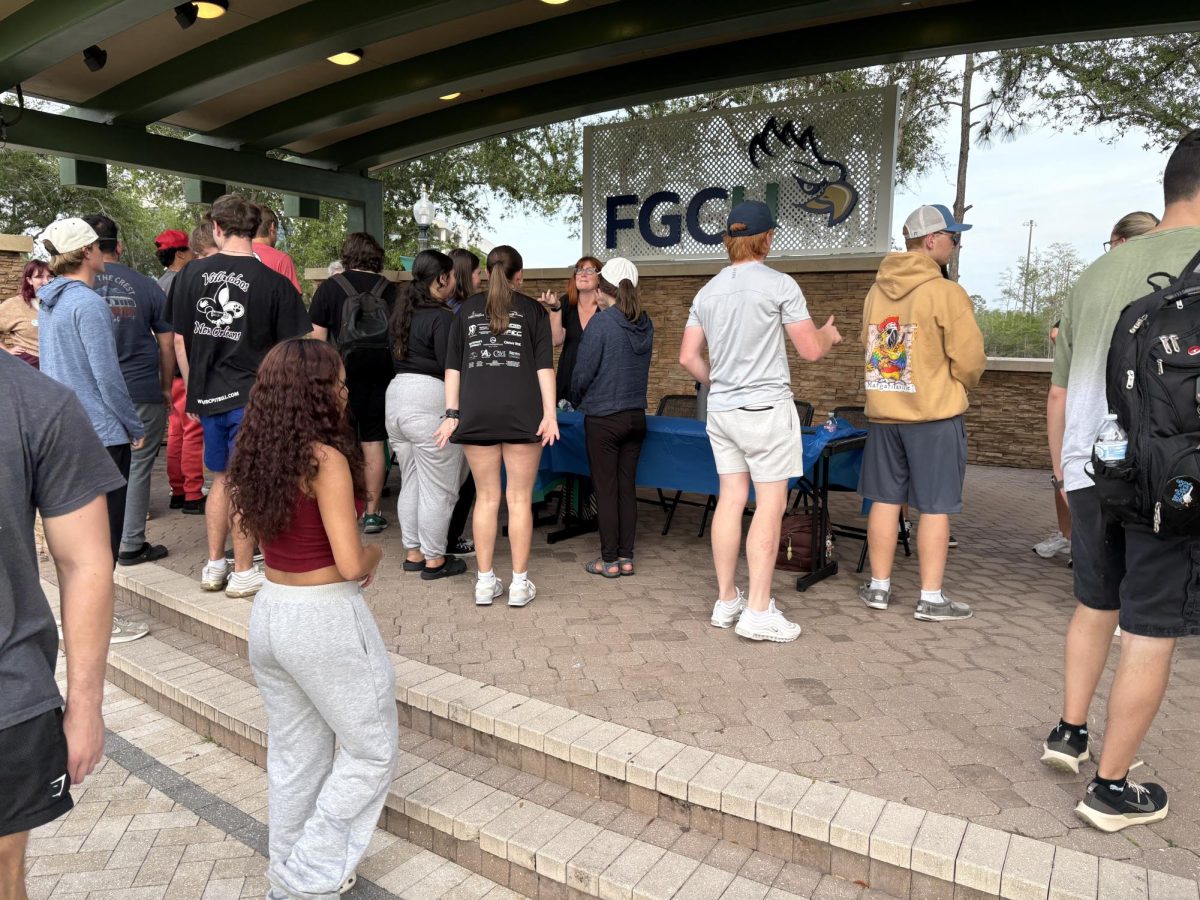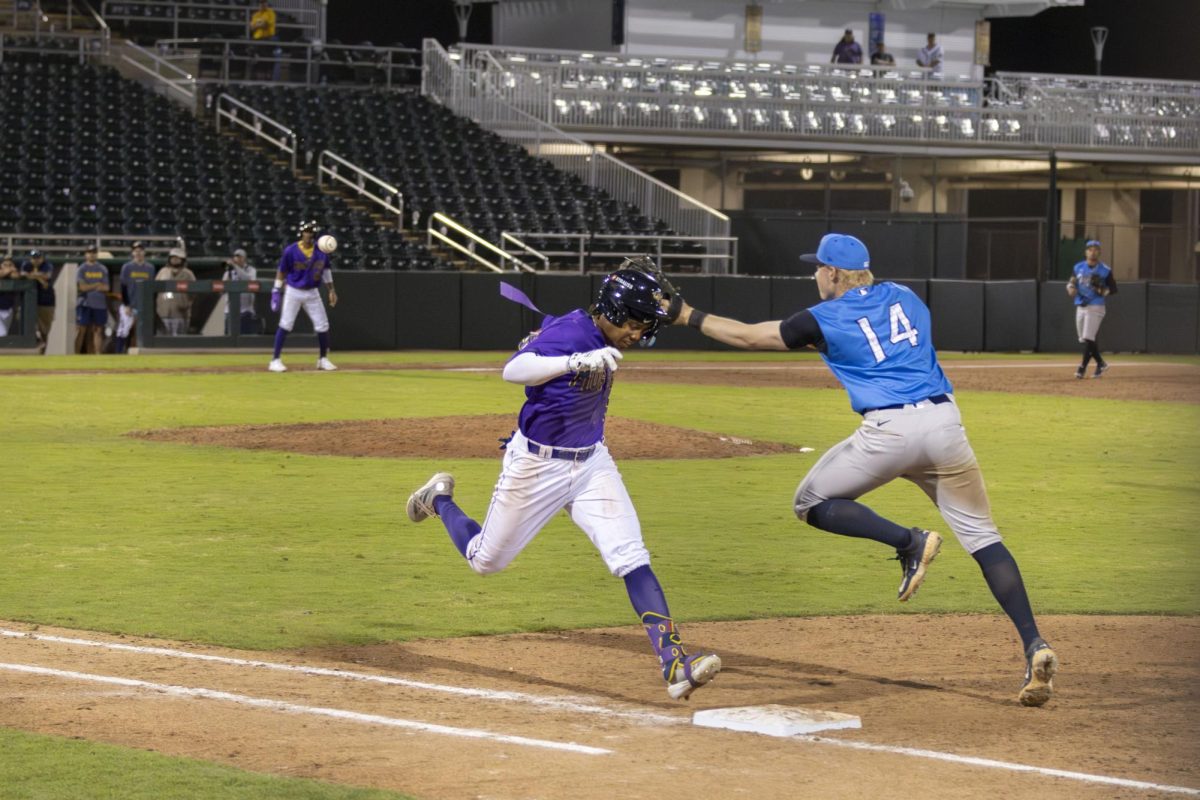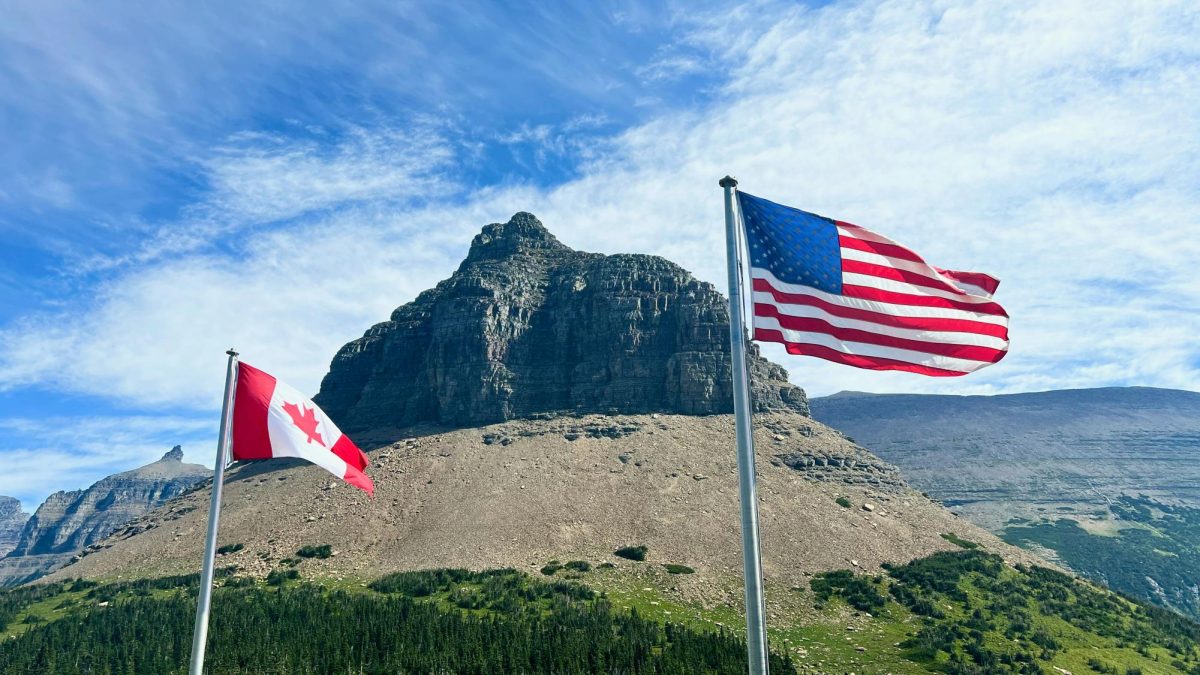“Captain America: The Winter Soldier” is coming to theaters this week, and it’s nice to stop and contemplate what the character has done to be so successful in pop culture. Captain America might just be the greatest superhero ever conceived. Granted, he’s not my favorite character, but he embodies so many of the elements that make the genre great that it’s hard to think of someone that tops him.
A little history on the dude: He was created in 1941 by Joe Simon and Jack Kirby (Kirby went on to co-create Thor, Hulk, the X-Men and did storyboards for the events that the film “Argo” was based on), a pair of kids from Jewish immigrant families (that will be important). The idea behind him was that he was Steve Rogers, a Regular Joe who was deemed too weak for the Army. Steve was so intent on stopping Nazism that he volunteered for an experimental procedure to boost his physicality to borderline superhuman levels. He was the only successful test subject. His debut featured comic cover in the history of the medium, Cap punching Adolf Hitler right in his stupid face, and his early role was primarily to work with his sidekick Bucky to promote the United States’ effort in World War II. If you’ve ever wondered why comics from the 1940s are so rare and valuable, it’s because most kids were encouraged by the characters in the books to donate/recycle the paper for war consumption.
After the war, Cap wasn’t too hugely popular, but was brought back in a big way in “The Avengers” #4 (1964). Story-wise, he was thawed out from his last mission and joined the modern world to uphold the American Way in the face of new threats. Then the 70s came. As the nation faced widespread crime and corruption, Cap was presented with an America that was nearly broken. He teamed up with The Falcon (Harlem resident and
the first black superhero in comics) and faced many ills of the common man. When Marvel’s version of the Watergate scandal happened, Cap gave up his identity and became Nomad, the man without a country.
This was the turning point when the character became associated not with the American government but the principles of the country. Steve Rogers has since been reinstated as Captain America and come into conflict with the government a few more times (most notably in the “Civil War” storyline), but remains a hero through and through.
That last point is what makes Captain America really stick out among Marvel’s stable of characters. Whereas the company is famous for its everymen, Steve Rogers is very much an idealized man, more in the vein of DC Comics’ Batman, Superman and Wonder Woman. Those characters are often criticized for being “too perfect” and “untouchable,” traits that Captain America embodies — what man might be — instead of the vulnerable, damaged Man that is (ie, Spider-Man, Hulk). Yet, at the same time, he used to just be some kid who wanted to help people in need.
This was the turning point when the character became associated not with the American government but the principles of the country. Steve Rogers has since been reinstated as Captain America and come into conflict with the government a few more times (most notably in the “Civil War” storyline), but remains a hero through and through.
That last point is what makes Captain America really stick out among Marvel’s stable of characters. Whereas the company is famous for its everymen, Steve Rogers is very much an idealized man, more in the vein of DC Comics’ Batman, Superman and Wonder Woman. Those characters are often criticized for being “too perfect” and “untouchable,” traits that Captain America embodies — what man might be — instead of the vulnerable, damaged Man that is (ie, Spider-Man, Hulk). Yet, at the same time, he used to just be some kid who wanted to help people in need.
This blending of worlds extends beyond Steve Rogers’ personality and into his physicality. The character very clearly has attributes that are above human (despite the fact that Marvel maintains he has no superpowers), but he’s only as strong as a person could be and as fast as someone could be (that “and” is what puts him into superhuman levels, and the fact that he has no lactic acid buildup), so he is still a tactical type of fighter — a guile hero. This means when he’s taking on a spy network, Captain America can be kicking down doors and busting heads, while when there’s an alien invasion, he’s the strategist. The ability to fill both roles allows the character to have wider appeal than if he were either/or. He combines the best of both worlds to be fully representative of superheroes as a whole.
Really what makes Captain America so great is that he is so full of subversions. He’s a patriot who won’t hesitate to take on his country. He’s a soldier that doesn’t use a gun. He’s a scrawny Brooklynite fighting alongside robots and monsters. He walks the line between humanity and power, man and God. That, really, is what the superhero genre is all about — how people deal with power and the circumstances it brings.
Really what makes Captain America so great is that he is so full of subversions. He’s a patriot who won’t hesitate to take on his country. He’s a soldier that doesn’t use a gun. He’s a scrawny Brooklynite fighting alongside robots and monsters. He walks the line between humanity and power, man and God. That, really, is what the superhero genre is all about — how people deal with power and the circumstances it brings.
Story continues below advertisement



























